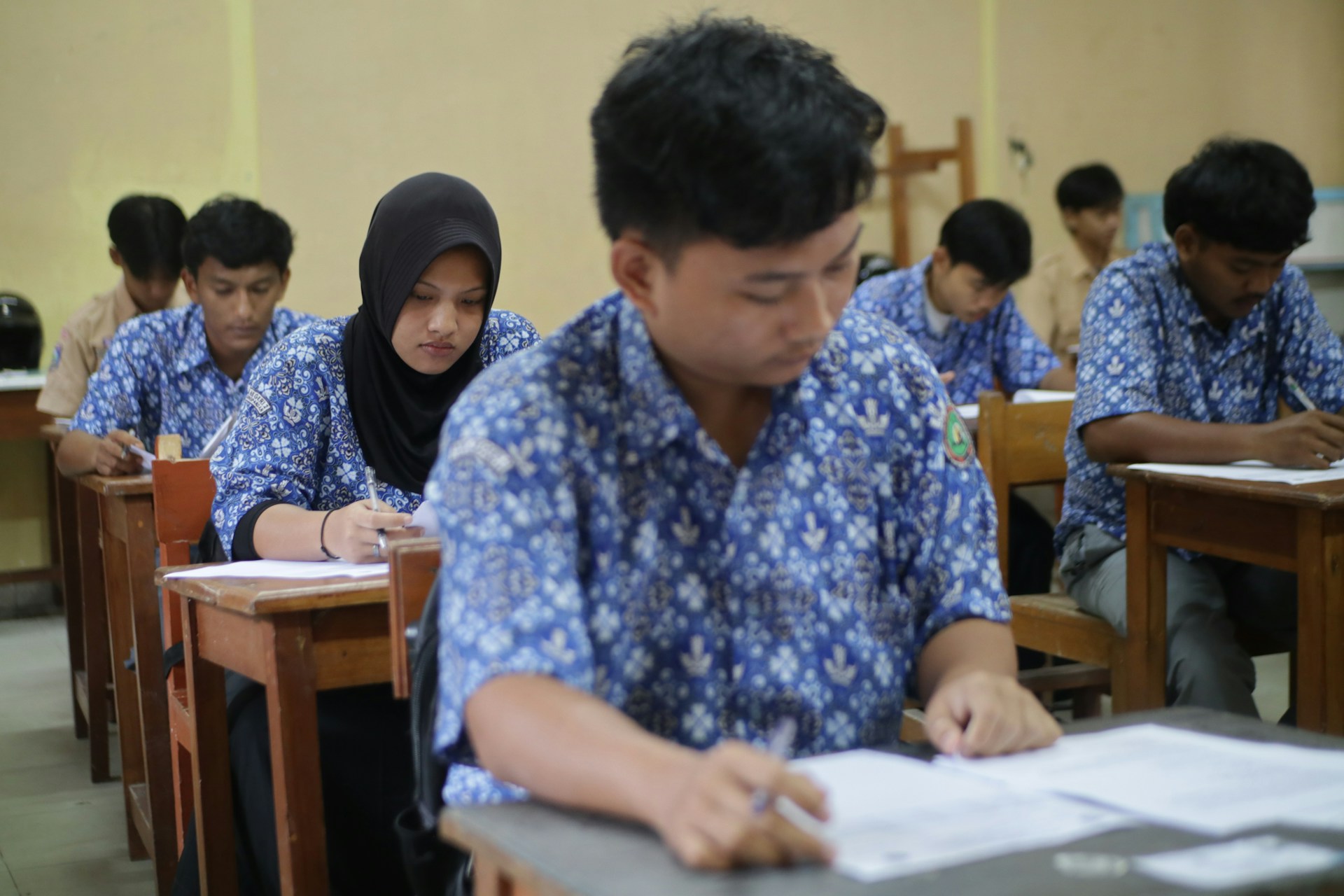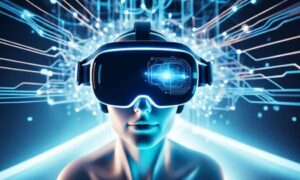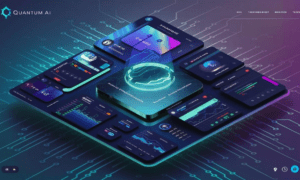In the not-so-distant past, a student’s study toolkit included little more than textbooks, notebooks, and maybe a highlighter or two. Fast forward to today, and learners are engaging with artificial intelligence (AI) to boost their performance, get real-time feedback, test preparation and personalize their learning experience in ways once considered science fiction. The classroom has evolved — and AI is at the forefront of this transformation.
The rise of AI in education isn’t just about using fancy tech for the sake of it. It’s about meeting the unique needs of each learner, improving efficiency, and making education more accessible than ever. From AI tutors to adaptive flashcards, smarter study tools are already reshaping how the next generation learns.
Why AI Is Transforming the Way We Learn
AI, in its simplest form, refers to machines or software capable of learning from data and making decisions. In the context of education, this means tools that can analyze a student’s performance, adapt to their pace, and offer resources tailored to their strengths and weaknesses.
This shift comes at a critical time. With increasing classroom sizes, varied learning abilities, and overburdened educators, AI offers a scalable solution that can complement traditional teaching methods. Rather than replacing human instruction, AI empowers it by removing some of the barriers to individual attention and timely support.
The New Generation of Smarter Study Tools
So what exactly are these smarter tools, and how are they making a difference? Here’s a closer look at some of the most innovative AI-powered resources available today:
1. AI-Powered Tutors
AI tutoring systems have become increasingly popular because they provide on-demand academic help, anytime and anywhere. These platforms use natural language processing and machine learning to interact conversationally with students, answer their questions, and explain difficult concepts.
Whether it’s a chatbot helping a student understand a complex math problem or a virtual tutor breaking down a science lesson step by step, AI is making quality assistance more accessible. These systems also improve over time, learning from each interaction to offer even better support.
2. Adaptive Flashcards and Quizzes
Remember the days of flipping through index cards to study for a test? Now imagine those cards adjusting based on your progress. Adaptive flashcard tools like those powered by AI analyze which questions you’re getting right or wrong and adjust the sequence accordingly.
This form of spaced repetition ensures that students spend more time on topics they struggle with, helping them retain information more effectively. It’s a smart, data-driven way to make study sessions more productive.
3. Writing Assistance and Grammar Feedback
For many students, writing can be a daunting task. AI tools such as grammar checkers and content rephrasers now offer real-time assistance in everything from sentence structure to tone.
These platforms go beyond simple spell checkers. They provide personalized writing tips and help students develop stronger communication skills over time. For students working on college applications or formal writing tasks, this kind of feedback can be invaluable.
4. Language Learning Platforms
AI has also made significant strides in helping students learn new languages. Language learning apps that integrate AI can track a user’s pronunciation, suggest better phrasing, and even engage in simulated conversations.
These tools replicate the benefits of immersion and native conversation partners, offering an affordable and effective supplement to traditional classes. They’re especially helpful for students preparing to study abroad or communicate in multilingual environments.
Personalized Learning: A Tailored Approach to Success
One of the most exciting features of AI in education is its ability to create personalized learning experiences. Every student learns differently — some need visual aids, others learn better through repetition or hands-on practice.
AI-driven platforms analyze a student’s behavior and performance to deliver lessons, exercises, and feedback tailored to their learning style. For example, if a student consistently struggles with algebra but excels in geometry, the system adjusts its focus accordingly. This reduces frustration, builds confidence, and ultimately helps learners grasp concepts more deeply.
For students preparing for competitive exams or planning academic journeys abroad, personalized support is especially valuable. Those exploring opportunities like studying in Australia benefit from tailored prep programs that align with both international curriculum standards and personal learning needs.
The Role of Teachers and Parents in an AI-Driven World
As impressive as AI tools are, they aren’t here to replace teachers or disengage parents from their child’s education. Rather, they serve as a powerful complement to the human element of learning.
Teachers can use AI to automate grading, identify struggling students early, and spend more time fostering classroom discussions and critical thinking. Meanwhile, parents can track their child’s progress and ensure screen time is productive.
The key is collaboration. When educators, families, and technology work together, the outcome is a more holistic, effective learning environment.
Addressing Concerns: Is AI Too Much, Too Soon?
Despite the benefits, AI in education comes with its fair share of concerns. Critics argue that students may become too reliant on digital tools, diminishing creativity or face-to-face interaction. Others worry about data privacy and whether all students have equal access to these technologies.
These are valid points and must be addressed thoughtfully. Transparency about how data is used, efforts to close the digital divide, and ongoing monitoring by teachers and parents are essential for responsible AI integration.
Moreover, using a combination of AI-powered tools and traditional study methods can offer the best of both worlds. Platforms like Gifted Ready strike a thoughtful balance by offering structured learning resources while encouraging student independence and self-motivation.
Looking Ahead: What’s Next for AI in Education?
As AI technology continues to evolve, so too will its role in education. We can expect to see tools that not only respond to academic needs but also detect emotional cues to adjust tone and pacing. Virtual reality combined with AI may offer immersive classrooms where students can learn history by virtually walking through ancient cities or explore biology inside a 3D cell.
In addition, AI could play a greater role in supporting neurodiverse learners, identifying learning challenges earlier, and recommending customized strategies that cater to their unique needs.
The future holds exciting possibilities, and we’re only scratching the surface.
Final Thoughts: Smarter Tools for Smarter Learning
AI is not just a buzzword in education — it’s a meaningful force that’s enhancing how students learn, how teachers teach, and how families support learning journeys at home. The tools are getting smarter, but more importantly, they’re making students more confident, engaged, and ready for what lies ahead.
Whether you’re helping a child study for a big exam, preparing to study abroad, or simply looking for ways to make learning more enjoyable, AI has something to offer. And as it continues to evolve, the goal remains the same: to make learning more human, not less.

































